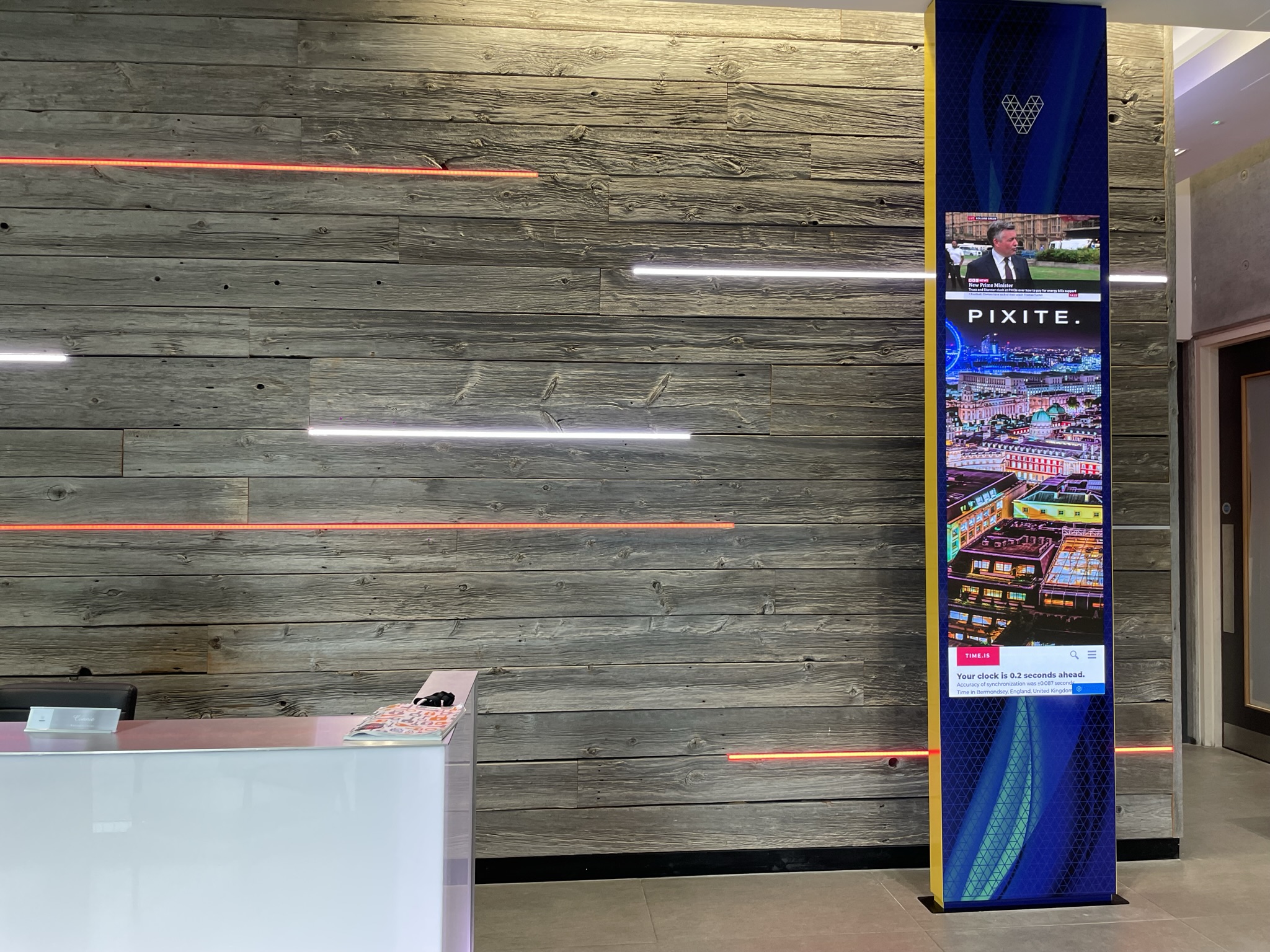Digital LED screens are now a vital tool of communication for businesses and the public sector. The technology is a significant investment and it’s important to consider exactly what your requirements are before making a decision. Here are some top questions to ask to help guide you through the process.
What is the purpose of the screen?
Establish the core function of the screen before making any other decisions, because this will influence all of the factors to follow. For example, is the screen to be used primarily for advertising and marketing purposes, or for imparting information such as timetable or menus, or for wayfinding?
Where will the screen be located?
It’s important to establish if the screen will be located indoors or outdoors. An outdoor screen will require a higher level of brightness and weather resistant design.
What size screen do you need?
The size of the screen will depend on the viewing distance of the content and what type of content you will be displaying. Generally, outdoor screens need to be large enough to be viewed from a distance of at least 10 metres away, whereas indoor screens have shorter viewing distances.
What pixel pitch do you need?
Pixel pitch refers to the individual distance between LED pixels on the screen. It is usually measured in millimetres, and the lower the pixel pitch, the higher the resolution. A very high resolution screen will have a lower pixel pitch of about 0.8mm, whereas a low resolution screen may have a pixel pitch of 4mm.
A high resolution screen will produce images that are much crisper and clearer than a low resolution screen with a high pixel pitch.
What type of content do you want to display?
If the screen will be displaying a lot of text, such as timetabling information or a menu, then it should have a high resolution to ensure that the text is clear and easy to read. On the other hand, if the screen will be displaying more abstract images that will be viewed from longer distances, then a lower resolution will be adequate.
What’s your budget?
Larger screens with a higher resolution are more expensive, but if they are to be viewed from a long range distance, it is not necessary to invest in a high resolution screen because the detail will be lost anyway. Consider the type of content you want to display and how impactful you want the images to be.
Is support available?
While LED screens are straightforward to use and maintain, it is useful to choose a supplier that provides an installation service and ongoing support and maintenance. The supplier will be able to provide further information and unbiased advice at the purchasing stage, so you can feel confident that you are making the right decision.

